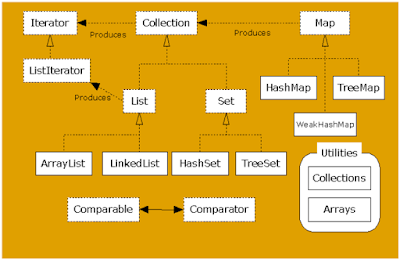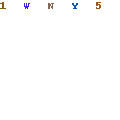What is UTF-8 ?
- UTF-8 & UTF 16 are Unicode Character Sets.
- UTF-8 is the preferred encoding for e-mail and web pages.
- UTF-8 is variable-length and uses 8-bit code units.
- UTF-8 is backwards compatible with ASCII.
How to handle with mysql?
First of all check character set and collation of your database,to execute following query :
SHOW VARIABLES LIKE "character_set_database";
Variable_name Value
-----------------------------------------------
character_set_database latin1
SHOW VARIABLES LIKE "collation_database";
Variable_name Value
-----------------------------------------------------------
collation_database latin1_swedish_ci
OR you can also execute this query : SHOW VARIABLES LIKE 'char%';
As a result you get result like this:
- So here default character set is UTF 8 so no big bloom..if not then whenever you create table set CHARSET=utf8 and Collation = utf8_general_ci
Let us create one table :
CREATE TABLE product (
id bigint(20) NOT NULL AUTO_INCREMENT,
name varchar(50) NOT NULL,
PRIMARY KEY (id)
) ENGINE=InnoDB DEFAULT CHARSET=utf8
If you have already created table then execute following alter query
ALTER TABLE product
MODIFY `name` VARCHAR(255) CHARACTER SET utf8 NOT NULL DEFAULT ''
Now you can insert or update utf-8 character easily..enjoy..lots..!!!!



